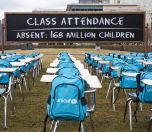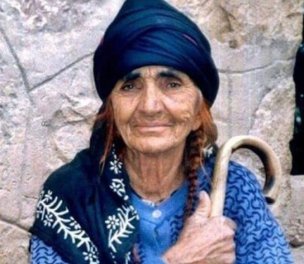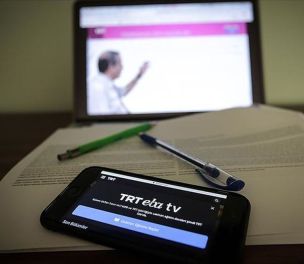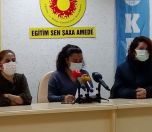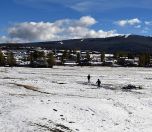EDUCATION IN DİYARBAKIR
‘We are about to lose a generation’
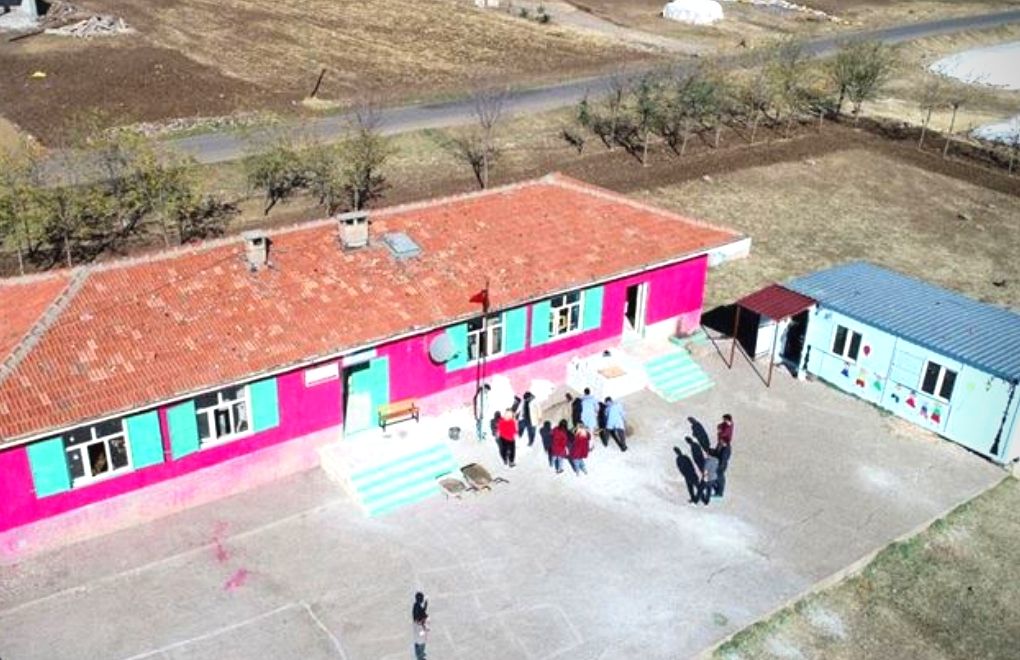
Click to read the article in Turkish
The Diyarbakır Education Monitoring Board has released a "Report on Problems in Education and its Solutions." The report was shared with the public in a press conference held at the Education and Science Laborers' Union (Eğitim-Sen) Diyarbakır No 1 Branch in Turkey's Kurdish-majority southeastern province of Diyarbakır yesterday (November 24).
Taking the floor at the conference, Sadrettin Kaya, the Co-Chair of the union's Diyarbakır No 1 Branch, has said that 492 thousand 975 students are registered in 1,677 schools and institutions in Diyarbakır, noting that there is a serious discrepancy between the class sizes of schools.
According to Kaya, while there are 16 to 22 students in the classes of "imam hatip" religious vocational secondary schools in the central districts, this number is around 35-45 in the classes of other secondary schools in the same region though these schools give education twice a day.
Kaya has also raised concerns that while 47 thousand 228 students graduated from secondary schools in Diyarbakır this year, only 4 thousand of these children have enrolled in a high school. "They are either working for very low wages or attending open plan schools," he has said.
Inability to access distance education
As reported by Mezopotamya Agency (MA), Kaya has also noted that very few students in Diyarbakır can access distance education via the Education Information Network (EBA) introduced by the Ministry of Education as part of the novel coronavirus (COVID-19) pandemic measures.
According to Kaya, as of April 1, 2020, 14.2 percent of relatively well-off students could access the distance education system in Kayapınar district of Diyarbakır. This rate reportedly falls in the rural areas.
As for Sur district, only 2.5 percent of 25 thousand 32 students could access distance learning via the EBA system of the ministry.
As of May, 2020, 34.58 percent of the students could access the EBA system in Kayalar district while this rate was 23.14 percent in Yenişehir, 4.19 percent in Lice and 4.48 percent in Eğil district.
Kaya has underlined that the students who did not have the economic means to afford them must be immediately provided with tablets.
Problem of education in mother language
"The problem of education in mother language is negatively affecting access to education in Diyarbakır. If necessary measures are not taken, we are faced with the risk of losing a generation," Kaya has said.
Indicating that over 50 secondary schools in the rural neighborhoods of 17 districts in Diyarbakır have been partly converted into Islamic religious vocational schools, Kaya has noted that "the students who live there have no chance other than going to these 'imam hatip' schools." (DŞ/SD)





